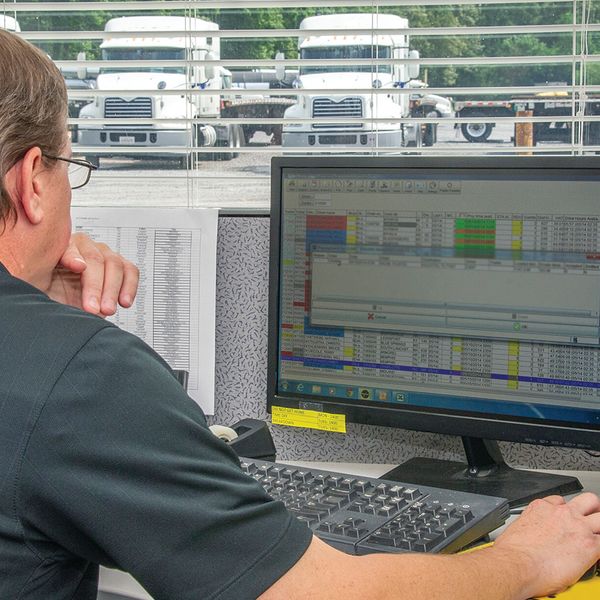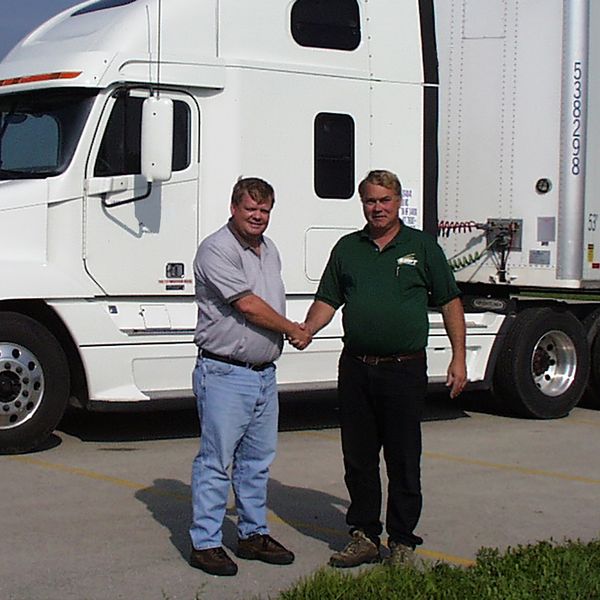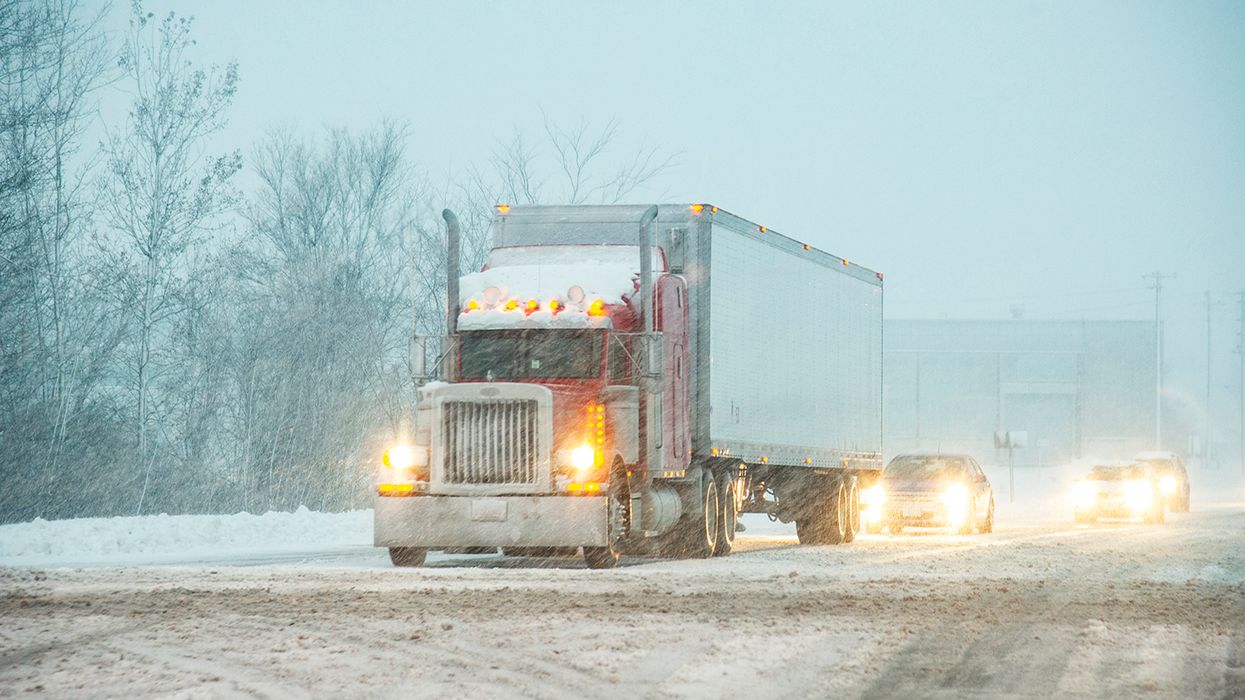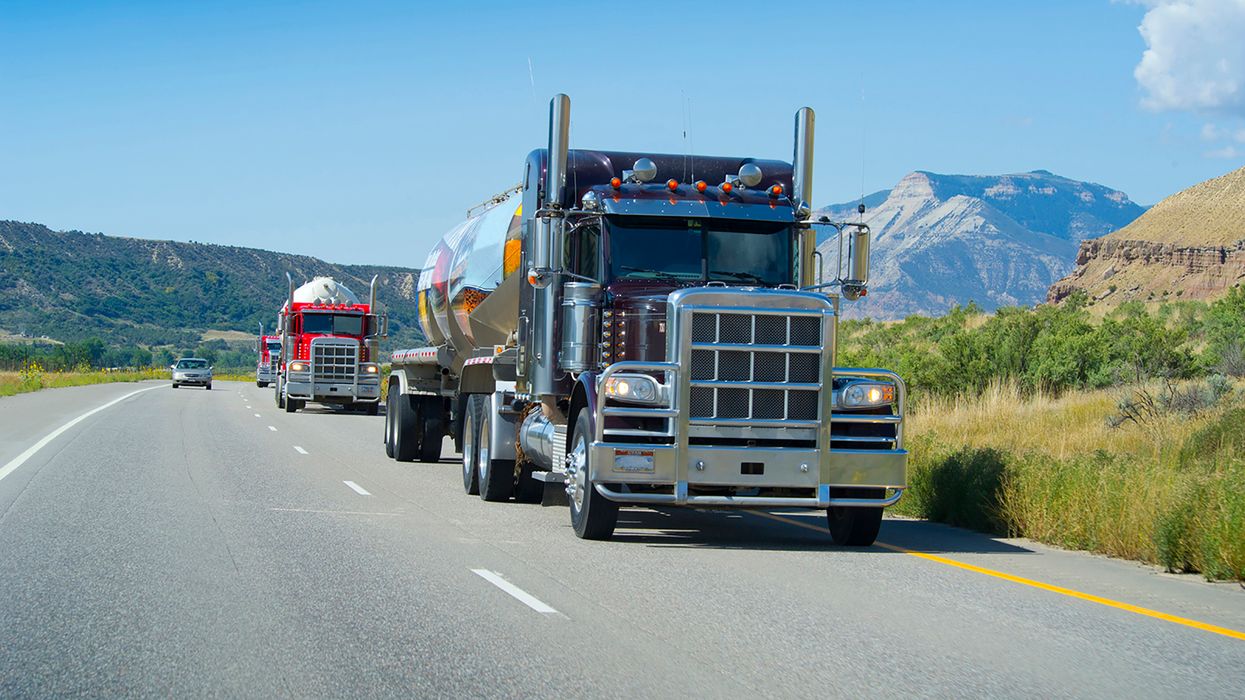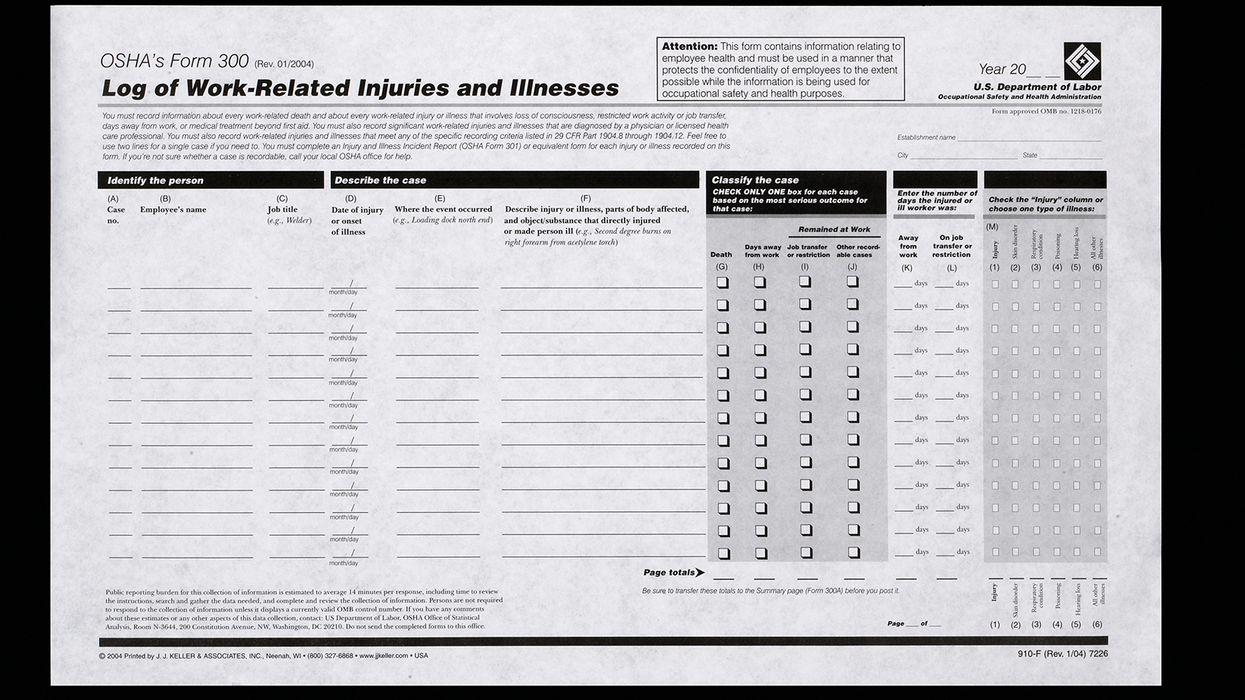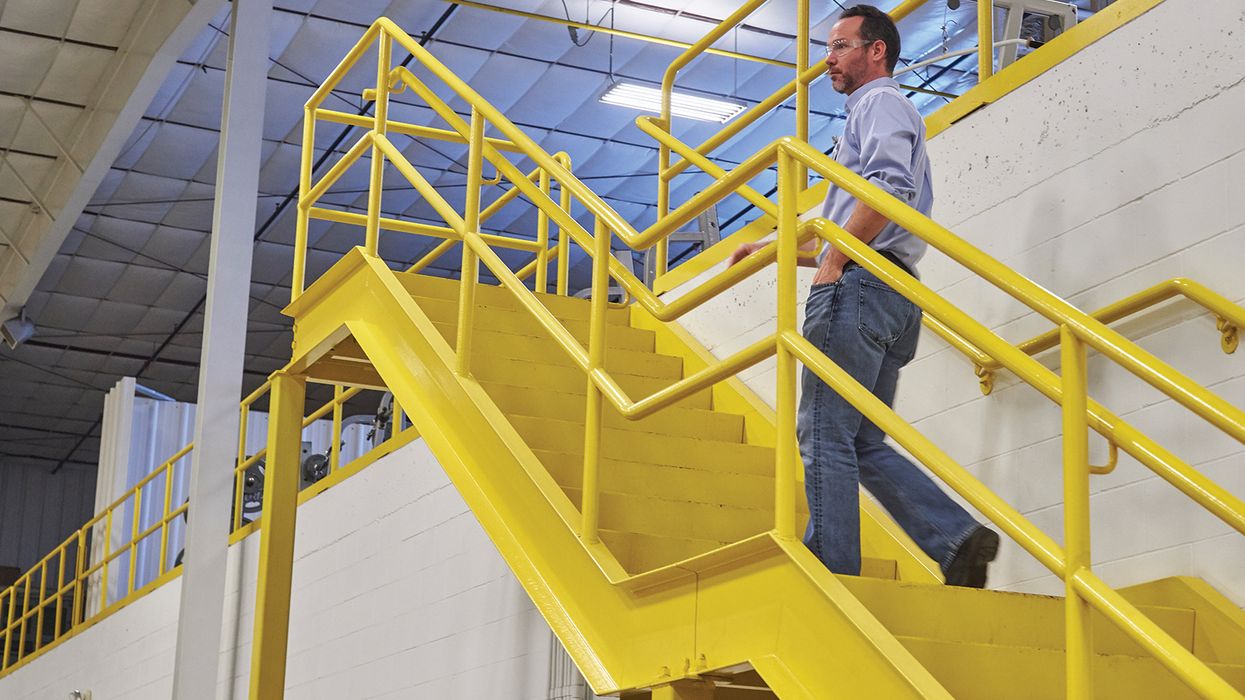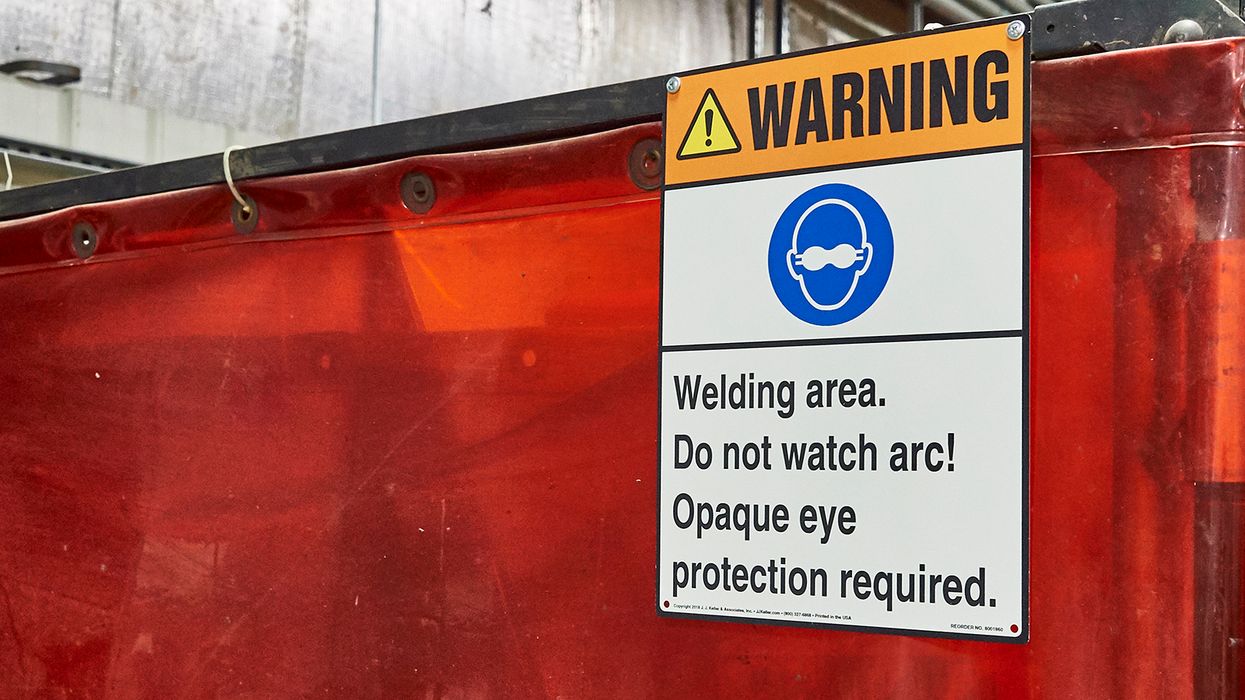Carrier survival depends on attacking waste in four areas
Carriers that do not reduce waste in four areas could fail given current market conditions.
Why the sense of urgency? Freight volumes and rates have been depressed for two years, and the industry is experiencing all-time high costs.
Record costs
The American Transportation Research Institute study, 2024 Analysis of the Operational Costs of Trucking, found that costs are at an all-time high of $2.270 per mile, up from $1.855 in 2021.
| Cost area | CPM change | 2023 | 2020 |
| Fuel (net of surcharge( | +24.5 | 55.3 | 30.8 |
| Driver pay/benefits | +23.0 | 96.7 | 73.7 |
| Equipment | +8.9 | 36.0 | 27.1 |
| Maintenance/tires | +5.7 | 24.8 | 19.1 |
| Insurance | +1.2 | 9.9 | 8.7 |
1. Fuel spend
Tactics to lower fuel costs mean carriers must:
- Train drivers to turn the vehicle off whenever parked,
- Use the vehicle’s engine control module (ECM) to monitor unnecessary idle time,
- Offer a driver bonus based on seasonally adjusted idle time and/or hitting fuel efficiency goals,
- Enable the idle shutdown option in the vehicle’s ECM, and
- Equip vehicles with idle reduction technologies that heat or cool sleeper cabs.
Fuel-efficient driving habits not only create cost savings, but in-vehicle monitoring systems that provide feedback to drivers can significantly reduce the risk of traffic collisions, a 2022 study by the Traffic Injury Research Foundation (TIRF) found.
2. Accidents and injuries (Insurance)
Improving safety programs by investing in driver training helps keep fleets in business. The most effective way to reduce risk and improve driver performance is with a dash cam-driven coaching and training program. Proactive detection and correction of unsafe behaviors fosters a best-in-class safety culture, improves driver retention, and protects a carrier’s bottom line.
Without a robust safety program, carriers face claims of negligence, pay greater insurance costs, and risk being forced to shut down. Following regulations is a bare minimum when it comes to compliance. To be defendable, carriers must consistently follow policies and procedures that proactively find, coach, remediate, or terminate high-risk, unqualified, or non-compliant drivers.
3. Maintenance and repairs
The regulations require a driver to inspect and be satisfied with a vehicle’s condition before operating it each day. Annual or periodic inspections done by qualified technicians must meet the standards in Appendix A in Part 396.
To minimize costs, carriers should follow these best practices:
- Train drivers to monitor and report tire pressure and tread condition issues for correction,
- Require drivers to document pre- and post-trip inspections via an electronic Driver Vehicle Inspection Report (DVIR), and
- Review critical component life cycles regularly or utilize artificial intelligence in a predictive maintenance program.
Over-the-road repairs cost up to four times more than planned, preventative maintenance.
4. Asset efficiency
Many carriers use a vehicle tracking system to provide real-time visibility of vehicles while moving or stationary. When carriers know a vehicle’s status, location, traffic and weather patterns, and GPS-determined speed, that is powerful data.
Without vehicle tracking, there is operational blindness to waste, such as driver detention and unproductive power units or trailers. What carriers do not measure cannot be improved.
Key to remember: Aggressive focus on the most impactful levers is imperative during protracted downturns.




